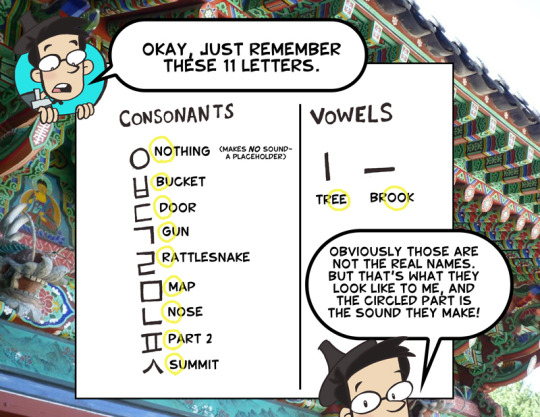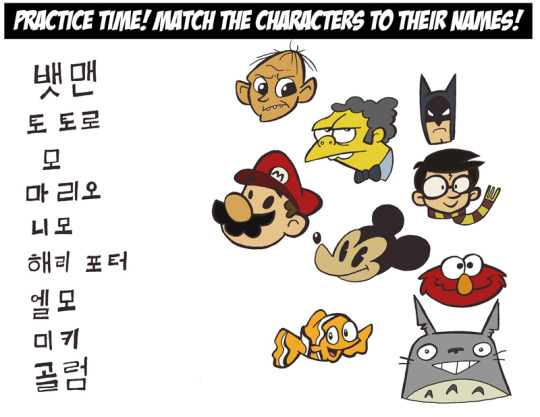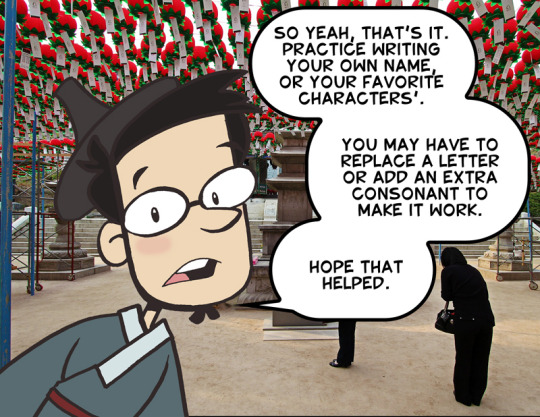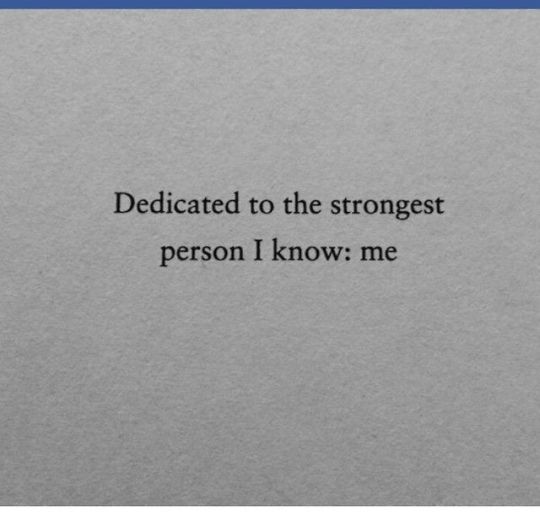This blog has no particular idea going for it at the moment, except to immerse myself in madness.
Don't wanna be here? Send us removal request.
Photo

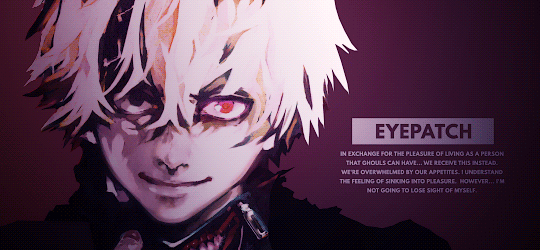




Kaneki throughout Tokyo Ghoul + Aliases
18K notes
·
View notes
Text
One of the greatest things I’ve ever felt is the feeling you get when you connect with someone. It’s the moment where you feel like you’ve finally been understood and also understand the person you are talking to. It’s the moment where you don’t feel the need to censor your thoughts in fear of being rejected. It’s the moment where words come out naturally without having to think long and hard about what you’re about say. I’m sure for the ones who’ve met me, they wouldn’t think I’m the kind of person who crave relationships, but bonds are one of the most important things to me.
The thing is, within the last five years, I can count these moments with the fingers on my hands. And moments are all they are, because these bonds don’t last the next day. Some of these people I haven’t talked to ever again. It makes me wonder if I’m the only one who felt anything special. In the end though, it all comes down to me. And I’m not sure what I should be doing... I envy people who can talk to others naturally.
0 notes
Photo
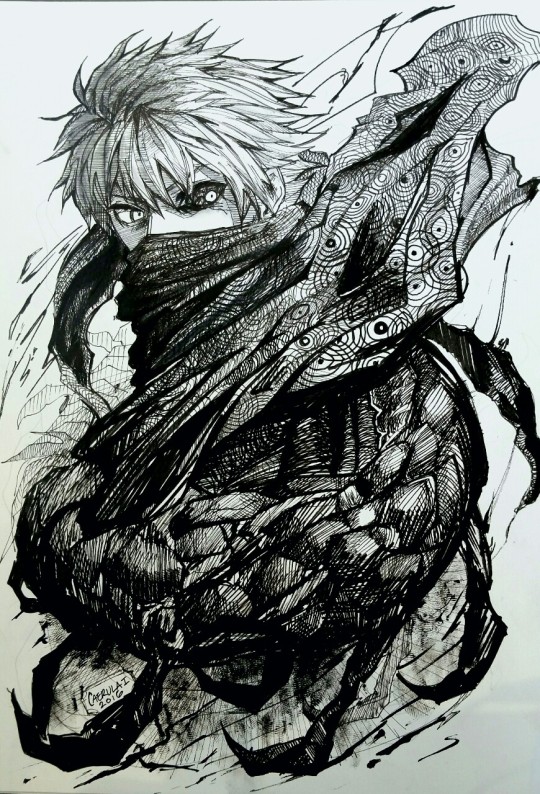
I finished it. One Eyed King Kaneki for inktober. The wip got really popular without me expecting it o__o
4K notes
·
View notes
Text
Just tried going to a fraternity info night that has pre-med as its focus. The speeches were great, but after, they had a session where you could talk to any of the members that were there. I felt completely out of place once everyone started talking to the members and I wanted to get out of there quick because I was standing there awkwardly for the most part around a large group of people. I had to leave at the right opportunity when the member’s were busy so we wouldn’t make eye contact, since some were at the door. I never thought I had it, but I think I have social anxiety. It would explain a lot.
2 notes
·
View notes
Text
Personality; not just for humans
We usually see “elephants”—or “wolves” or “killer whales” or “chimps” or “ravens” and so on—as interchangeable representatives of their kind. But the instant we focus on individuals, we see an elephant named Echo with exceptional leadership qualities; we see wolf 755 struggling to survive the death of his mate and exile from his family; we see a lost and lonely killer whale named Luna who is humorous and stunningly gentle. We see individuality. It’s a fact of life. And it runs deep. Very deep.
Individuality is the frontier of understanding non-human animals. But for decades, the idea was forbidden territory. Scientists who stepped out of bounds faced withering scorn from colleagues. Jane Goodall experienced just that. After her first studies of chimpanzees, she enrolled as a doctoral student at Cambridge. There, as she later recalled in National Geographic, “It was a bit shocking to be told I’d done everything wrong. Everything. I shouldn’t have given them names. I couldn’t talk about their personalities, their minds or their feelings.” The orthodoxy was: those qualities are unique to humans.
But these decades later we are realizing that Goodall was right; humans are not unique in having personalities, minds and feelings. And if she’d given the chimpanzees numbers instead of names?—their individual personalities would still have shined.
“If ever there was a perfect wolf,” says Yellowstone biologist Rick McIntyre, “It was Twenty-one. He was like a fictional character. But real.” McIntyre has watched free-living wolves for more hours than anyone, ever.
Even from a distance Twenty-one’s big-shouldered profile was recognizable. Utterly fearless in defense of his family, Twenty-one had the size, strength, and agility to win against overwhelming odds. “On two occasions, I saw Twenty-one take on six attacking wolves—and rout them all,” Rick says. “Watching him felt like seeing something that looked supernatural. Like watching a Bruce Lee movie. I’d be thinking, ‘A wolf can’t do what I am watching this wolf do.’” Watching Twenty-one, Rick elaborates, “was like watching Muhammad Ali or Michael Jordan—a one-of-a-kind talent outside of ‘normal.’”
Twenty-one was a superwolf. Uniquely, he never lost a fight and he never killed any defeated opponent. And yet Twenty-one was “remarkably gentle” with the members of his pack. Immediately after making a kill he would often walk away and nap, allowing family members who’d had nothing to do with the hunt eat their fill.
One of Twenty-one’s favorite things was to wrestle little pups. “And what he really loved to do,” Rick adds, “was pretend to lose. He just got a huge kick out of it.” Here was this great big male wolf. And he’d let some little wolf jump on him and bite his fur. “He’d just fall on his back with his paws in the air,” Rick half-mimes. “And the triumphant-looking little one would be standing over him with his tail wagging.
“The ability to pretend,” Rick adds, “shows that you understand how your actions are perceived by others. I’m sure the pups knew what was going on, but it was a way for them to learn how it feels to conquer something much bigger than you. And that kind of confidence is what wolves need every day of their hunting lives.”
In Twenty-one’s life, there was a particular male, a sort of roving Casanova, a continual annoyance. He was strikingly good-looking, had a big personality, and was always doing something interesting. “The best single word is ‘charisma,’” says Rick. “Female wolves were happy to mate with him. People absolutely loved him. Women would take one look at him—they didn’t want you to say anything bad about him. His irresponsibility and infidelity; it didn’t matter.”
One day, Twenty-one discovered this Casanova among his daughters. Twenty-one ran in, caught him, biting and pinning him to the ground. Other pack members piled in, beating Casanova up. “Casanova was also big,” Rick says, “but he was a bad fighter.” Now he was totally overwhelmed; the pack was finally killing him.
“Suddenly Twenty-one steps back. Everything stops. The pack members are looking at Twenty-one as if saying, ‘Why has Dad stopped?’” The Casanova wolf jumped up and—as always—ran away.
After Twenty-one’s death, Casanova briefly became the Druid pack’s alpha male. But, Rick recalled: “He doesn’t know what to do, just not a leader personality.” And although it’s very rare, his year-younger brother deposed him. “His brother had a much more natural alpha personality.” Casanova didn’t mind; it meant he was free to wander and meet other females. Eventually Casanova and several young Druid males met some females and they all formed the Blacktail pack. “With them,” Rick remembers, “he finally became the model of a responsible alpha male and a great father.”
The personality of a wolf ‘matriarch’ also helps shape the whole pack. Wolf Seven was the dominant female in her pack. But you could watch Seven for days and say, ‘I think she’s in charge,’ because she led subtly, by example. Wolf Forty, totally different; she led with an iron fist. Exceptionally aggressive, Forty had done something unheard of: actually deposed her own mother.
For three years, Forty ruled the Druid pack tyrannically. A pack member who stared a moment too long would find herself slammed to the ground, Forty’s bared canines poised above her neck. Yellowstone research director Doug Smith recalls, “Throughout her life she was fiercely committed to always having the upper hand, far more so than any other wolf we’ve observed.” Forty heaped her worst abuse on her same-age sister. Because this sister lived under Forty’s brutal oppression, she earned the name Cinderella.
One year Cinderella split from the main pack and dug a den to give birth. Shortly after she finished the den, her sister arrived and delivered one of her infamous beatings. Cinderella just took it, as always. No one ever saw any pups at that den.
The next year, Cinderella, Forty, and a low-ranking sister all gave birth in dens dug several miles apart. New wolf mothers nurse and guard constantly; they rely on pack members for food. That year, few pack members visited the bad-tempered alpha. Cinderella, though, found herself well assisted at her den by several sisters.
Six weeks after giving birth, Cinderella and several attending pack members headed out, away from her den—and stumbled into the queen herself. Forty immediately attacked Cinderella with was, even for her, exceptional ferocity. She then turned her fury onto another of her sisters who’d been accompanying Cinderella, giving her a beating too. Then as dusk settled in, Forty headed toward Cinderella’s den. Only the wolves saw what happened next, but Doug Smith and Rick McIntyre pieced together what went down.
Unlike the previous year, this time Cinderella wasn’t about to remain passive or let her sister reach her den and her six-week-old pups. Near the den a fight erupted. There were at least four wolves, and Forty had earned no allies among them.
At dawn, Forty was down by the road covered in blood, and her wounds included a neck bite so bad that her spine was visible. Her long-suffering sisters had, in effect, cut her throat. She died. It was the only time researchers have ever known a pack to kill its own alpha. Forty was an extraordinarily abusive individual. The sisters’ decision, outside the box of wolf norms, was: mutiny. Remarkable.
But Cinderella was just getting started. She adopted her dead sister’s entire brood. And she also welcomed her low-ranking sister and her pups. And so that was the summer that the Druid Peak pack raised an unheard-of twenty-one wolf pups together in a single den.
Out from under Forty’s brutal reign, Cinderella developed into the pack’s finest hunter. She later went on to become the benevolent matriarch of the Geode Creek pack. Goes to show: a wolf, as many a human, may have talents and abilities that wither or flower depending on which way their luck breaks.
“Cinderella was the finest kind of alpha female,” Rick McIntyre says. “Cooperative, returning favors by sharing with the other adult females, inviting her sister to bring her pups together with her own while also raising her vanquished sister’s pups—. She set a policy of acceptance and cohesion.” She was, Rick says, “perfect for helping everyone get along really well.”
(This piece is adapted from Carl Safina’s most recent book, Beyond Words; What Animals Think and Feel, which will is newly out in paperback)
37K notes
·
View notes
Photo
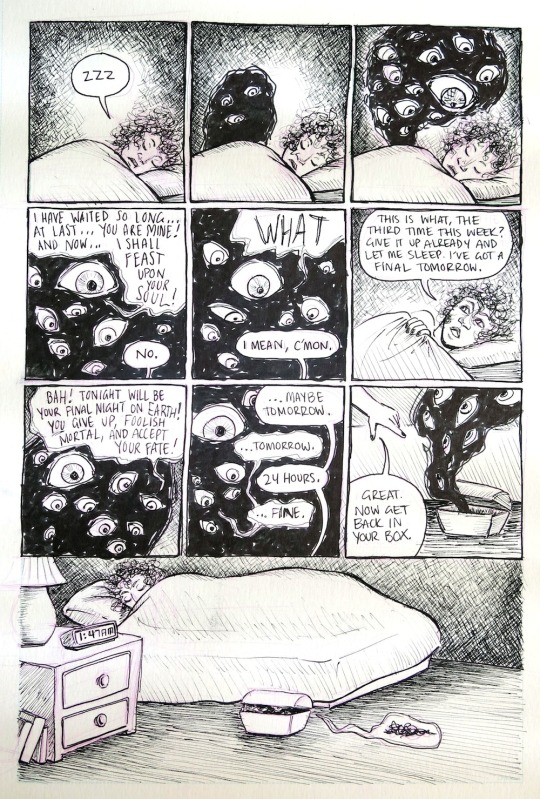
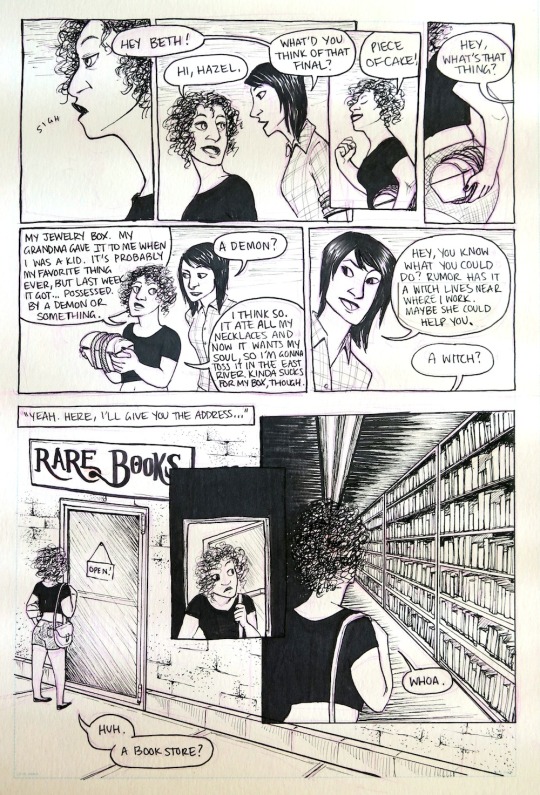
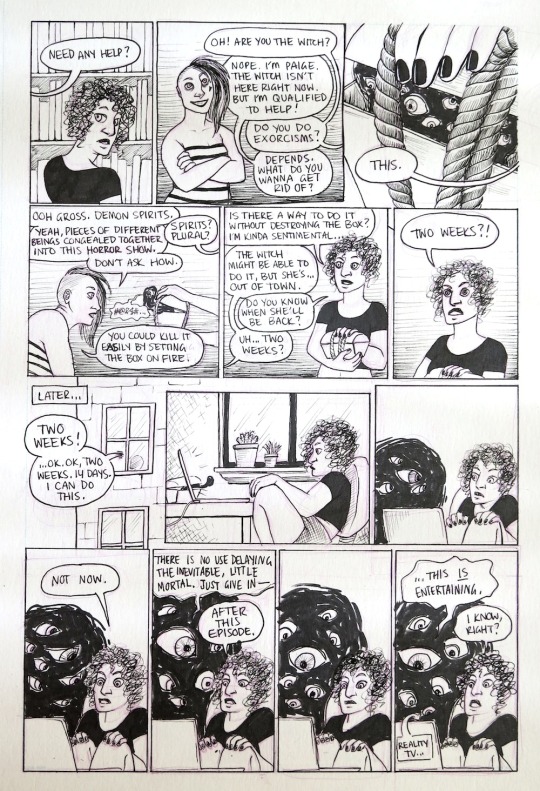

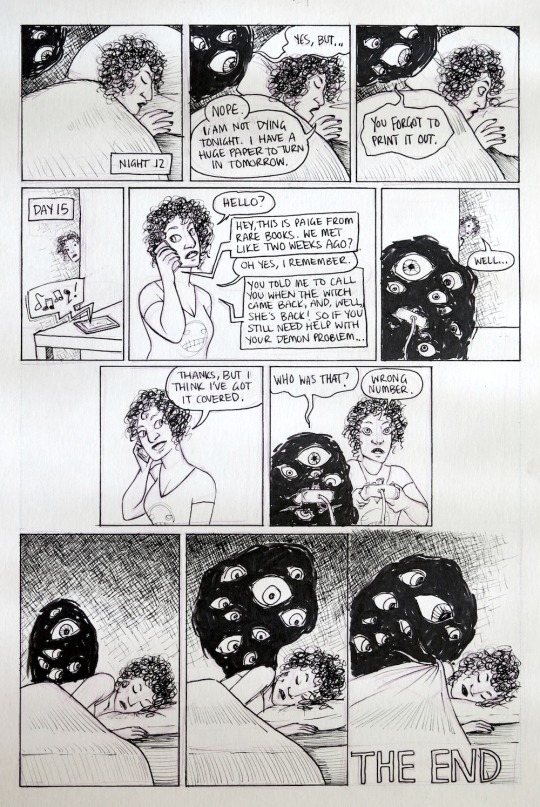
my storytelling final! or, that week i almost went blind cross-hatching!
it’s a couple weeks old at this point, but i’m still proud of it (all that cross-hatching…) even though looking back at it now i can see a ton of flaws or things i just could’ve done better. maybe i’ll redo it one day.
the page colors are kind of wonky because they’re photographs; i didn’t have a scanner big enough for the pages.
hell yeah monster/human friendships
240K notes
·
View notes
Video
tumblr
Will always love this
199K notes
·
View notes
Photo









1K notes
·
View notes
Note
Is using honey bad? It would be hard for me to give that up because I love it so much.
16 oz of honey requires 1152 bees to travel 112,000 miles and visit 4.5 million flowers.
Most of the honey we get at supermarkets and stores don’t come from natural hives.
Honey is an animal product, produced when bees digest nectar they have collected and then regurgitate it. It is an animal product, just like an egg or milk. Yes, a bee is an insect and not technically considered an animal by many people, but a bee’s body changes the composition of what it ingests, just like other animals.However, there is another reason vegans won’t eat honey, and that is because it is harmful to another living creature. According to Daniel Hammer, bees do experience pain and suffering while they are being exploited for their products (not just honey but also beeswax, royal jelly, and more). There is simply no way beekeepers, humane or otherwise, can avoid harming or killing bees while they are extracting the bees’ products. Many vegans choose their lifestyle because they wish to avoid harming any other creature, and so they choose not to eat honey.
Check out this couple of articles that are pretty complete about everything around this topic :)
Why Honey is Not Vegan?
3 Reasons Not to Eat Honey > This one explain about the environmental damage and how we are killing the bees.
156K notes
·
View notes
Photo

I’m starting to draw again, so I decided to draw Frisk. My cleanest drawing so far.
1 note
·
View note
Video
tumblr
Luigi has gone TOO FAR
559K notes
·
View notes
Text
A lot of people ask me what my biggest fear is, or what scares me most. And I know they expect an answer like heights, or closed spaces, or people dressed like animals, but how do I tell them that when I was 17 I took a class called Relationships For Life and I learned that most people fall out of love for the same reasons they fell in it. That their lover’s once endearing stubbornness has now become refusal to compromise and their one track mind is now immaturity and their bad habits that you once adored is now money down the drain. Their spontaneity becomes reckless and irresponsible and their feet up on your dash is no longer sexy, just another distraction in your busy life. Nothing saddens and scares me like the thought that I can become ugly to someone who once thought all the stars were in my eyes.
2M notes
·
View notes
Photo


He also has a little resting place right below the counter, where he likes to hang out and chew on cucumber.

Source
For more facts, Follow Ultrafacts
59K notes
·
View notes
Photo
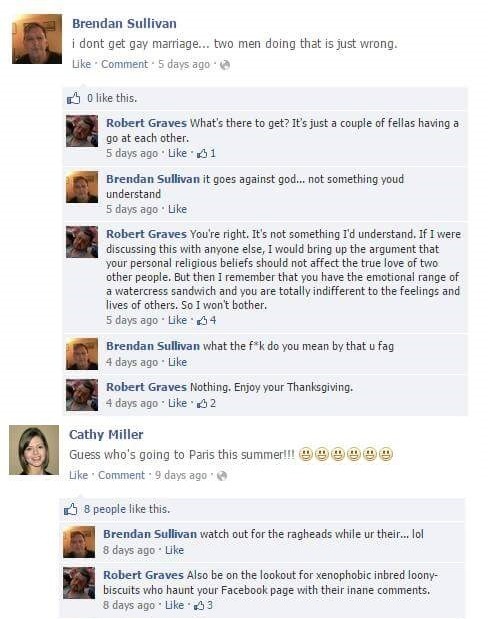
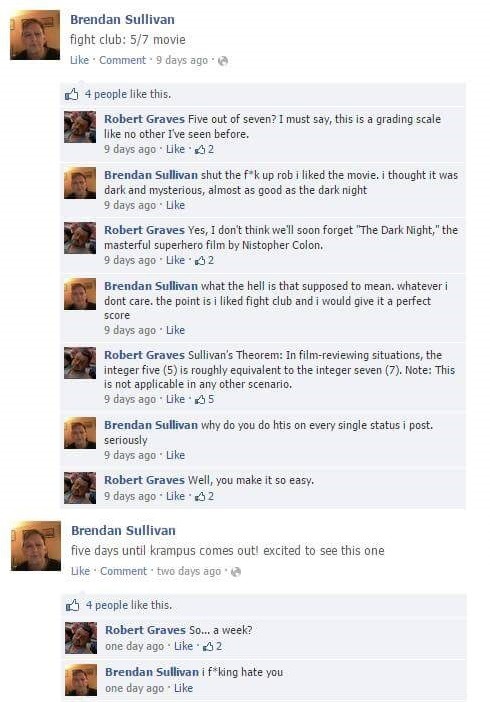


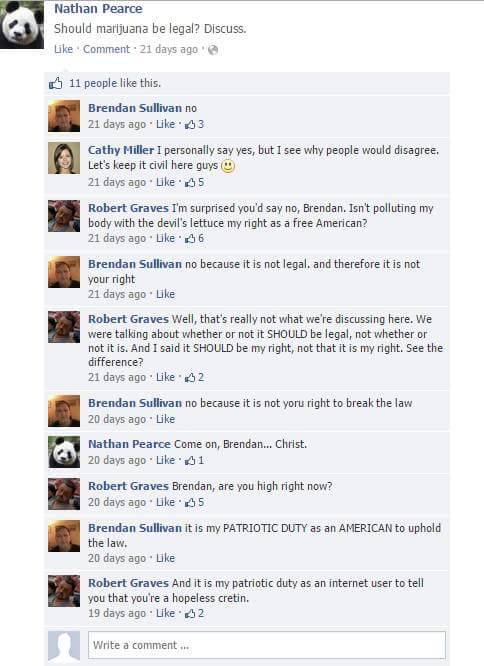

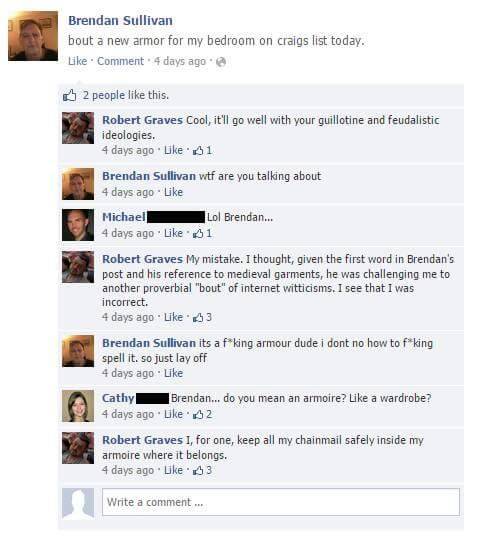
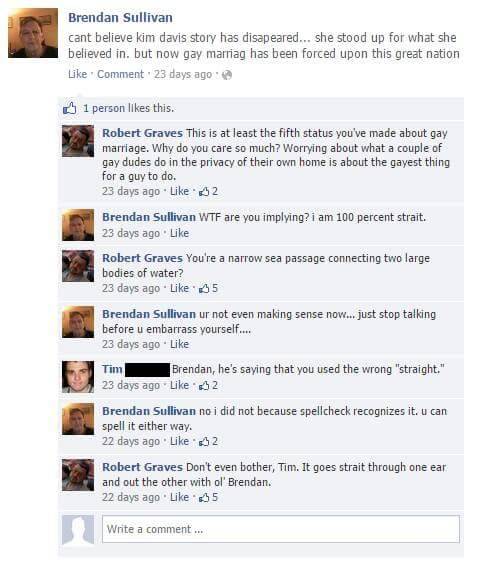

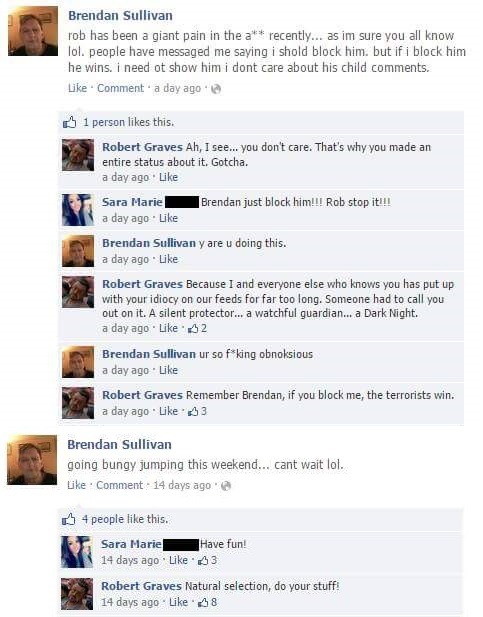
These exchanges between a bigot named Brendan Sullivan, and a heroic troll named Robert Graves, will be the best thing you read all day, I promise.
1M notes
·
View notes
Video
tumblr
IM DEAD THIS IS MY DREAM
115K notes
·
View notes


